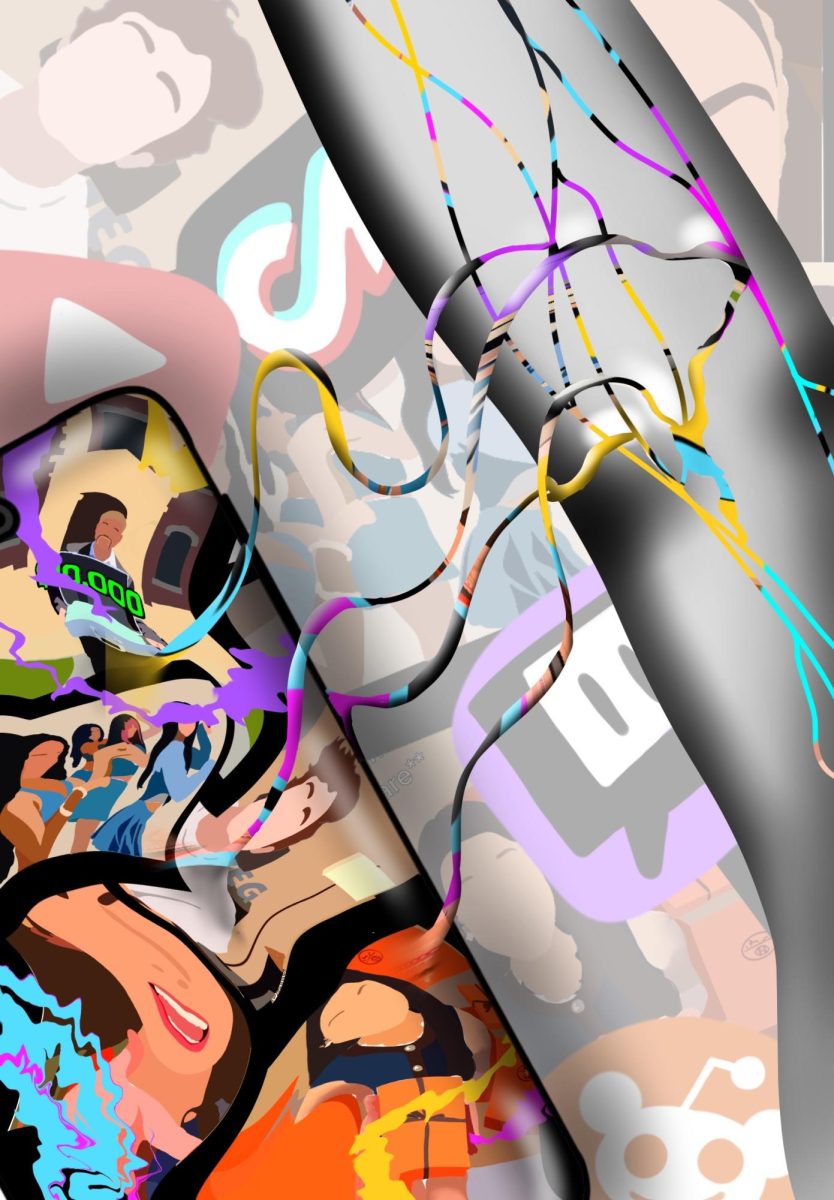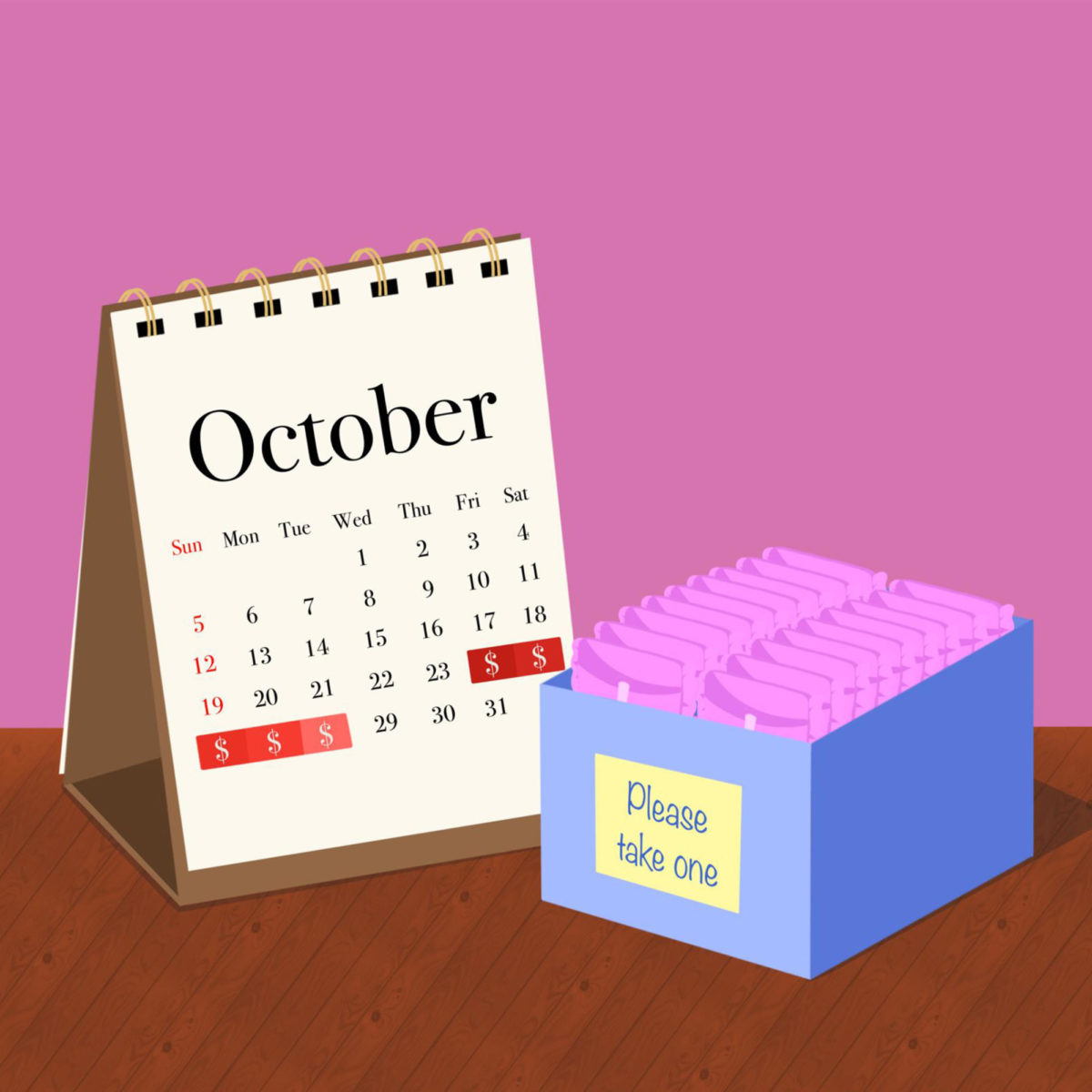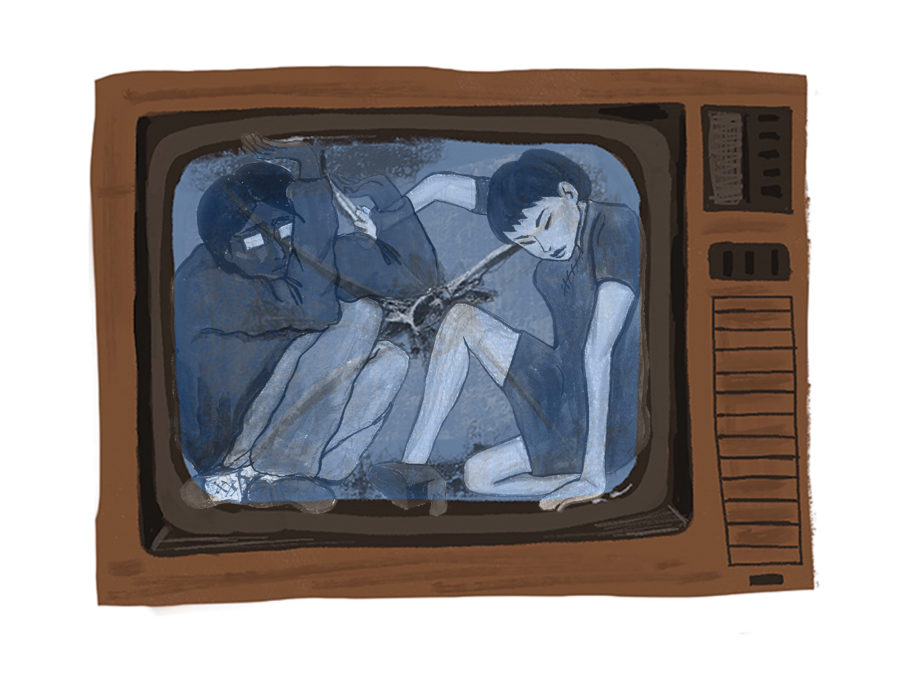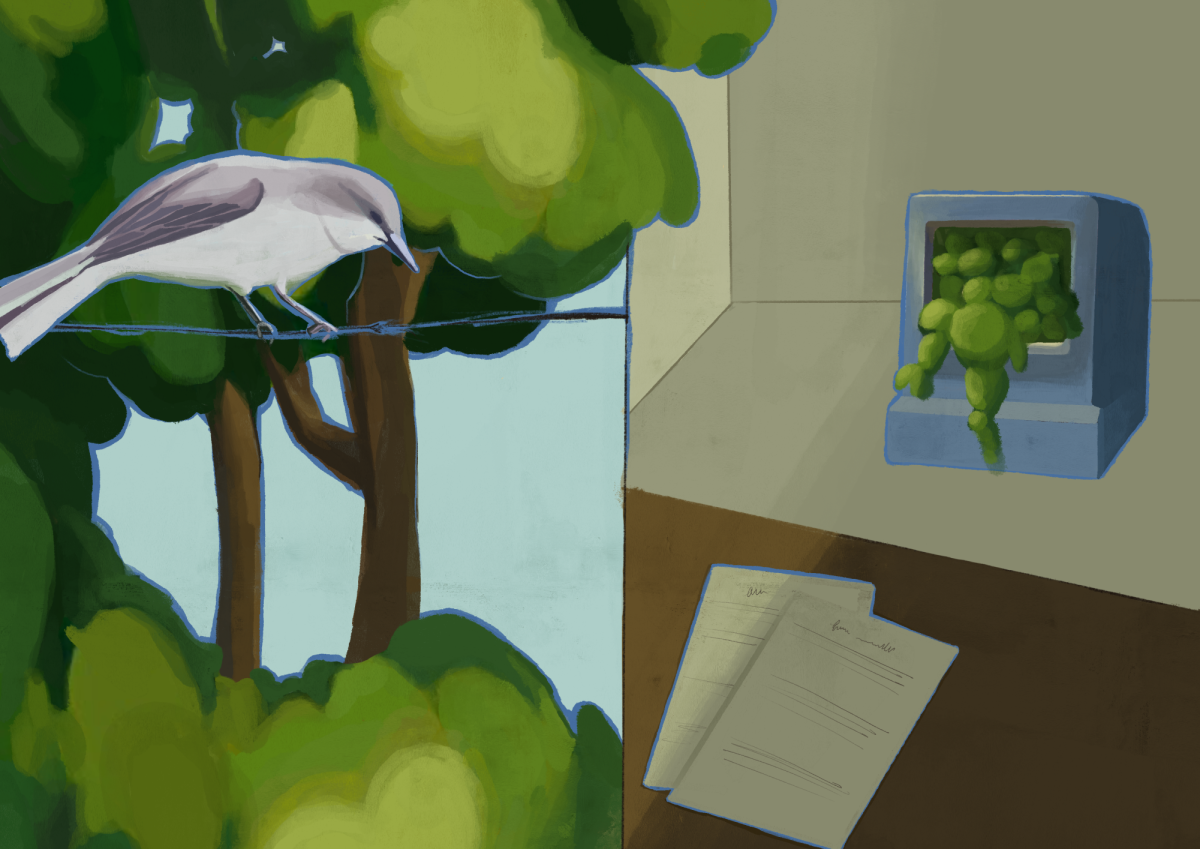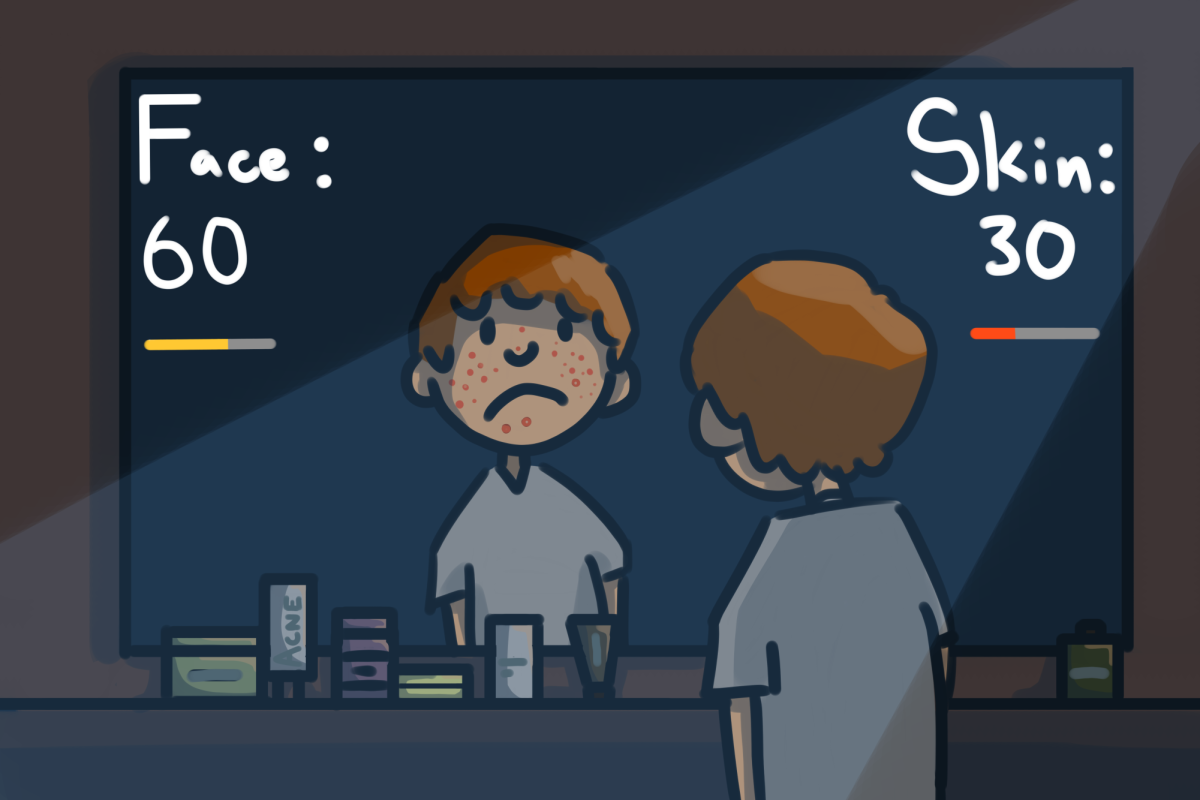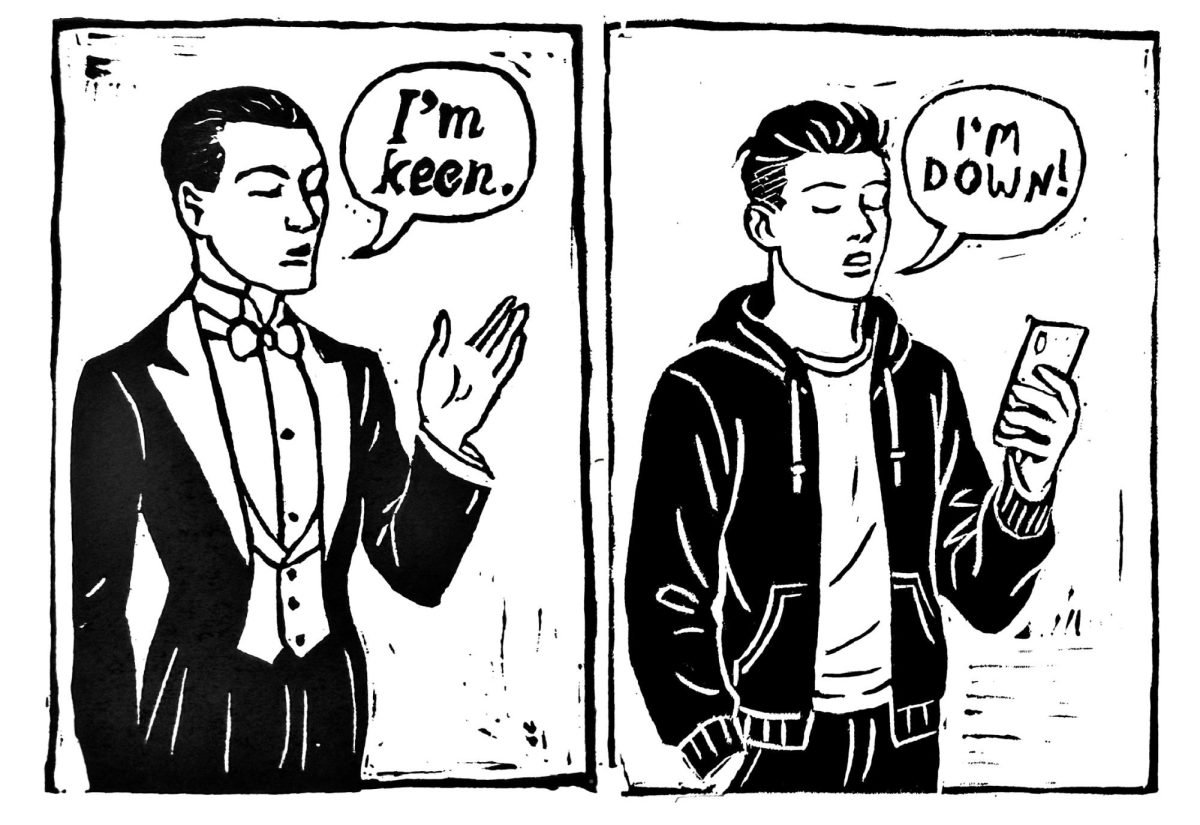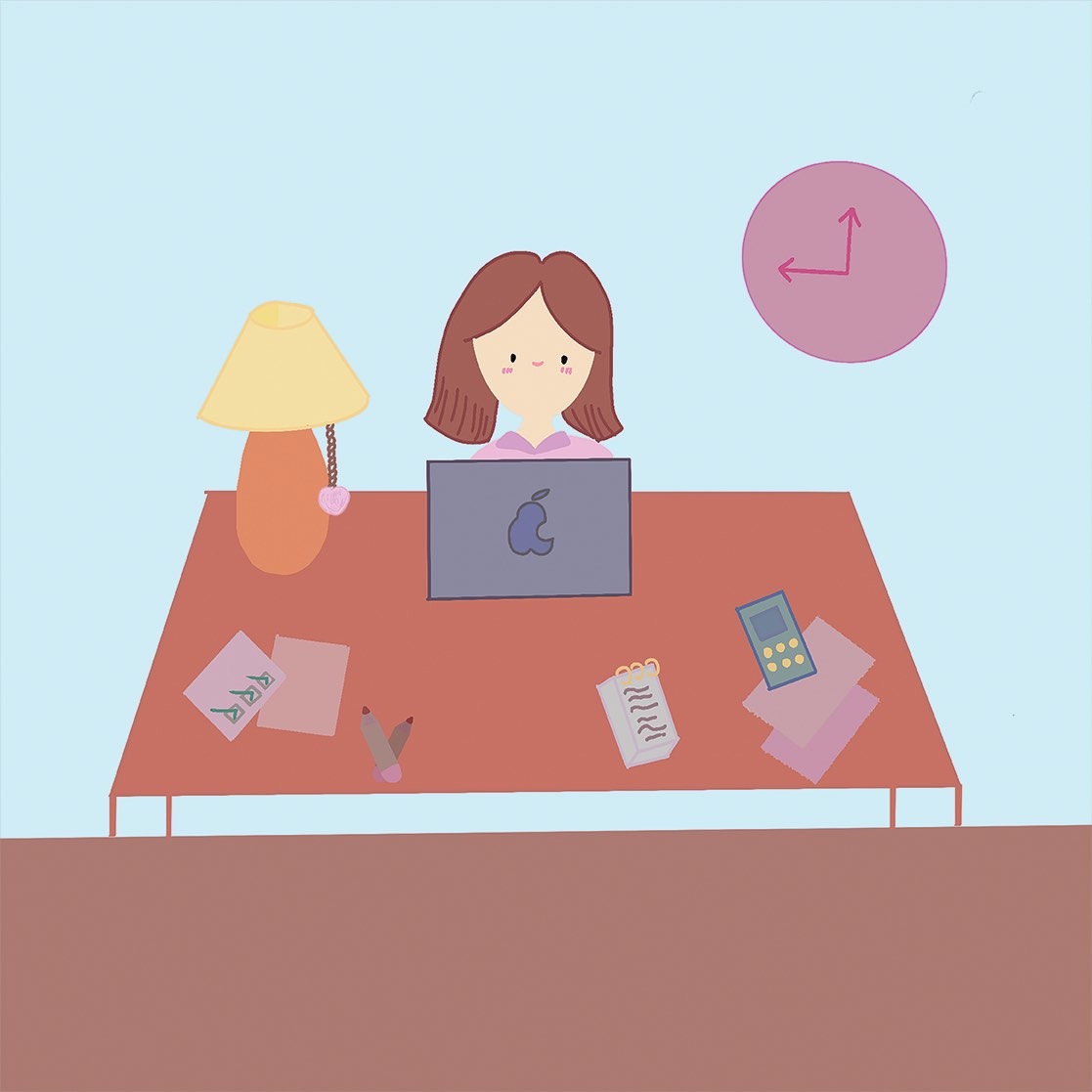Creating an effective study environment can be a crucial contributor to academic success. Beyond having a quiet space, it involves crafting an area that promotes concentration, enhances memory, and supports a positive learning experience. Here are a few unique ways you can purposefully design your own study environments.
Color Psychology
Tailoring the color scheme of a study room is an important component of creating a productive learning atmosphere. Rather than stark, bold colors, opting for warm, soft pastel shades can introduce a sense of brightness and tranquility. Pastel green, blue, and off-white are widely recommended for their soothing properties and ability to reduce eye strain, making them ideal choices for wall colors and large surfaces such as desks. These colors are known to facilitate long-term concentration and memory by enhancing cognitive functions. While dominant primary colors can be overstimulating and distracting, you can still incorporate small accents of these hues in elements like desk accessories, chair cushions, or decorative pieces to add vibrancy to your study environment without overwhelming the senses.
Light Adjustment
Lighting, in conjunction with color, plays a crucial role in determining the effectiveness of a study environment. Warmer lighting, around 2,700K, is more suitable for relaxed activities such as reading or memorization. This softer, warmer light creates a cozy and inviting atmosphere, which can help reduce stress and facilitate the absorption of information. A bright yellow light within the 3,800 to 5,000K range is beneficial for general study activities, particularly for language-based subjects like English and social studies. This range helps in maintaining focus over long periods and aids in memorization. For subjects like math and science that require intense concentration and analytical thinking, a cooler, blue-toned light in the range of 6,000 to 7,000K helps stimulate your brain, enhancing attention, concentration, and speed of thinking.
Aromatherapy
Customizing scents to suit the specific needs of a study session adds a uniquely personal touch to the learning environment. Invigorating scents like peppermint and lemon boost alertness and concentration, ideal for morning study sessions that require intense focus. For evenings or periods of high stress, the calming properties of lavender and chamomile aid in relaxation and focus. Personalizing your study area involves experimenting with various scents, ranging from the stimulating scent of coffee beans to the gentle, rejuvenating essence of cypress. Such exploration creates a customized aromatic atmosphere that not only aligns with individual preferences but also adapts to varying study demands. This ensures a harmonious balance between maintaining concentration and achieving comfort in your study space.
Furniture Design
The strategic arrangement of furniture in a study room plays a subtle yet significant role in maintaining concentration. The positioning of the desk, for instance, should be considered with care. Placing it in a way that avoids having your back to the door can alleviate the subconscious unease of someone entering unexpectedly. Moreover, if your study space also serves as a bedroom, arrange the desk so it faces away from the bed. This helps prevent the temptation of sleeping or resting during study sessions. Equally important is the choice of chair. A chair that is too soft can compromise posture over prolonged periods, leading to reduced focus. Additionally, while chairs with wheels offer mobility, they can also lead to unnecessary movement and distraction. Therefore, opting for a chair with a fixed base can enhance concentration.
Works Cited
Admin. “How Do Colors Influence Learning? – Shift E-Learning.” Shiftelearning.com, 2021, www.shiftelearning.com/blog/how-do-colors-influence-learning. Accessed 16 Dec. 2023.
블로그한국지역난 . “색깔이 우리 심리에 영향을 준다고?” 네이버 블로그 | 한국지역난방공사 공식 블로그, 2021, m.blog.naver.com/PostView.naver. Accessed 16 Dec. 2023.
블로그삼성MPS . “학교 스마트교실 구축에는 삼성 스마트싱스 (SmartThings)와 함께.” 네이버 블로그 | 삼성MPS 공식 블로그, 2023, m.blog.naver.com/samsungmps/223181261455. Accessed 16 Dec. 2023.
블로그스터디캡슐 . “김주영쓰앵님이 알려주는 조명활용 공부법 – 카이스트대학, 스터디캡슐독서실에서도 활용하는 학습조명.” 네이버 블로그 | 스터디캡슐 스터디카페/프리미엄독서실-창업지원센터, 2019, m.blog.naver.com/PostView.naver. Accessed 16 Dec. 2023.
eMascaró. “What Is the Best Light for Reading, Studying or Sewing? | Faro Barcelona.” Faro.es, 8 Sept. 2017, faro.es/en/blog/what-is-the-perfect-light-to-study/#:~:text=Cold%20lights%20of%20about%204%2C000,to%20faithfully%20reproduce%20the%20colors. Accessed 16 Dec. 2023.
임한규. 책상위치만 바꿔도 아이성적이 달라진다. 생각나눔, 17 Nov. 2014.
네이버한겨레 . “초등생은 거실 공부방…중고생은 성향 반영해야.” Naver.com, 2023, n.news.naver.com/article/028/0002626212?sid=102. Accessed 16 Dec. 2023.
네이버스포츠조선 . “공부방 꾸미기 노하우는?” Naver.com, 2013, n.news.naver.com/article/076/0002421493?sid=103. Accessed 16 Dec. 2023.
PJC Sleegers, et al. “Lighting Affects Students’ Concentration Positively: Findings from Three Dutch Studies.” ResearchGate, SAGE, Apr. 2013, www.researchgate.net/publication/258169434_Lighting_affects_students’_concentration_positively_Findings_from_three_Dutch_studies. Accessed 16 Dec. 2023.
Sadaf Amreen. “Abstract: This Comprehensive Study of the Psychology of Color Explores the Relationship between Color and Human Psychology. The Goal Is to Understand How Color Affects Mood, Behavior, and Emotions.” Linkedin.com, 22 July 2023, www.linkedin.com/pulse/exploring-intricate-relationship-between-color-review-sadaf-amreen. Accessed 16 Dec. 2023.





